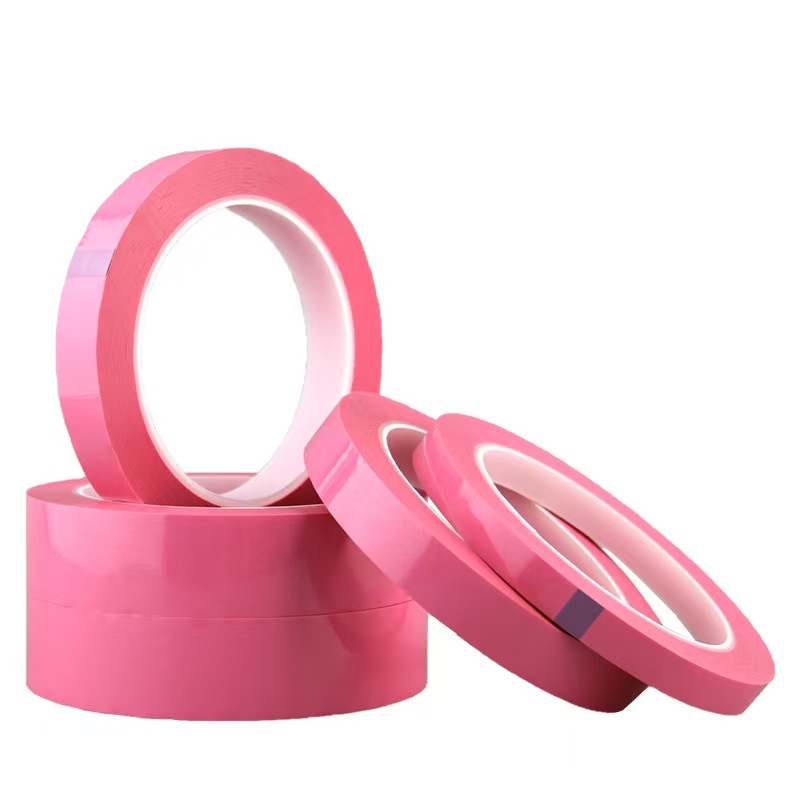Printing Perfection: Enhancing Output on Silver and White PET Labels
In today’s competitive marketplace, the difference between a passable and a premium label lies in its print quality. Whether you're designing sleek branding for luxury goods or barcode-heavy labels for industrial tracking, the substrate you choose matters. Silver and white PET labels are durable, visually appealing, and widely used—but only when printed correctly. This article dives into how to optimize print output on printable silver PET label and white PET film to consistently produce high-res label stickers.
1. Challenges with PET Substrates
PET (polyethylene terephthalate) is a plastic film that’s:
- Tear-resistant and waterproof
- Heat- and chemical-resistant
- Available in glossy silver and matte white finishes
Printable silver PET labels add a metallic, high-end feel but introduce reflectivity and ink adhesion challenges. White PET film is more forgiving but still requires precision for optimal results.
2. Surface Treatment Makes All the Difference
Printing directly onto untreated PET often leads to poor ink anchoring. Here’s what you should ensure:
- Corona treatment (usually pre-applied) boosts ink wetting
- Top-coated PET film adds a receptive layer for digital or flexo inks
- Avoid touching treated surfaces—natural oils affect adhesion
If you want vibrant, long-lasting print, always start with a treated substrate. A quality PET film printing guide always starts here.
3. Ink Compatibility and Selection
Different inks behave uniquely on PET surfaces:
- UV-curable inks: Quick drying and ideal for silver PET
- Solvent-based inks: Penetrate coatings and dry faster in industrial applications
- Resin thermal ribbons: Provide the best sharpness for white PET barcode printing
For printable silver PET labels, use opaque inks or spot white underlays to offset reflectivity.
4. Equipment That Delivers
| Printing Technology | Key Features | Best For |
|---|---|---|
| UV Inkjet | High-definition, full color | Branding, cosmetics, metallic effects |
| Flexographic | Fast, affordable for long runs | Food labels, industrial usage |
| Thermal Transfer | Sharp 1D/2D codes and small text | Logistics, warehousing, compliance |
Use UV inkjet if your goal is creating high-res label stickers with stunning visual impact.
5. Print File Optimization
To ensure image and text clarity:
- Design files in 300–600dpi resolution
- Avoid thin lines or overly detailed gradients
- Use vector-based logos and bold typography for small labels
Especially on printable silver PET label materials, mistakes are more visible due to their high sheen.
6. Color Accuracy and Spot Layers
PET materials—especially silver—alter how colors display. Techniques to correct for this include:
- Adding a white backing layer before printing CMYK
- Using ICC color profiles for PET-based media
- Testing with color swatches before full production
A proper PET film printing guide ensures color consistency across batches, substrates, and lighting conditions.
7. Drying, Lamination & Finishing
Poor finishing can ruin even the most precise prints. For long-lasting performance:
- Use UV dryers for UV-curable inks
- Laminate for abrasion and chemical resistance
- Ensure adhesives aren’t overheated during die-cutting
Combining sharp imagery with rugged durability is what separates average output from a professional high-res label sticker.
8. Industry Applications & Results
| Industry | Use Case | Material & Method |
|---|---|---|
| Electronics | Compliance & part labels | White PET + thermal transfer |
| Beauty | Premium brand finishes | Silver PET + UV inkjet + matte varnish |
| Pharmaceuticals | Small-format regulatory stickers | White PET + resin ribbon |
| Beverages | Outdoor-resistant product labels | Silver PET + UV ink + gloss laminate |
SEO Keywords
printable silver PET label, PET film printing guide, high-res label sticker
READ MORE:
Telephone: 008613530419893
E-mail:marie@selfadhesivefilm.com
ADDRESS (Shenzhen):903-286, Building A2, Guangming Technology Park, China Merchants Group, Guanguang Road, Fenghuang Community, Fenghuang Street, Guangming District, Shenzhen, Guangdong.
ADDRESS (Dongguan): 3rd Building No.45 Yinhu Road Shishuikou Community,Qiaotou Town, Dongguan, Guangdong.





